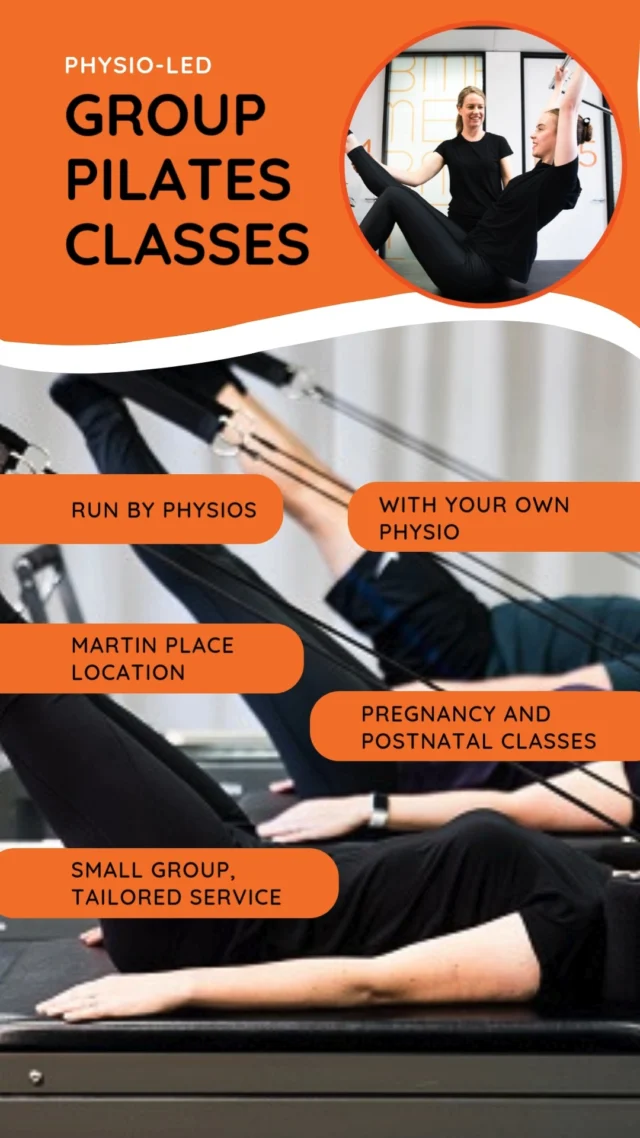The triangular fibrocartilage complex (TFCC) is a cartilaginous structure on the ulnar (pinky finger) side of the wrist that serves as a stabiliser of the distal radioulnar joint (where the two long forearm bones meet at the wrist) when the hand grasps or the forearm rotates. An injury to the TFCC can cause chronic wrist pain on the ulnar side.
Two types of TFCC tears:
Type 1: Traumatic tears may be due to falling on an outstretched hand or excessive rotation.
Type 2: Degenerative tears occur over time from compressive loads to the wrist, especially if accompanied by ulnar deviation (bending the wrist towards the pinky side).
Symptoms of a TFCC tear:
-Pain or tenderness at the ulnar side of the wrist
-Swelling at the ulnar side of the wrist
-Pain when the wrist is moved side to side or backwards (back of hand towards body)
-Clicking in the wrist that may or may not be associated with pain
-Loss of grip strength
Who is most likely to get a TFCC tear?
Athletes are most at risk especially those involved in gymnastics, diving, golf, racquet/bat/club sports. Degenerative tears are more common in those aged over 50 years. Anyone who has sustained a fall on an outstretched hand. When the ulnar is longer than the radius it may impinge on the TFCC and predispose to a tear.
How is a TFCC tear diagnosed?
Your physiotherapist or doctor will usually be able to diagnose a TFCC tear with a thorough examination. In cases like a fall an xray may be taken to rule out any fractures. An MRI is the gold standard to assess for soft tissue and cartilage damage to the TFCC.
What are the treatments for a TFCC tear?
Non surgical management:
-Splint or cast
-Anti-inflammatories
-Specific range of motion and strengthen exercises prescribed by your physiotherapist when able
Surgical management:
In the case where conservative treatment has failed arthroscopic surgery may be an option. Some tears may only need small incisions and a debridement (cleaning the torn tissue off), others may need sutures to repair the tear. When tears have been caused by a longer ulnar impinging on the TFCC, the ulnar bone can be cut done to an appropriate length. A cast or splint will usually be worn for several weeks followed by range of motion and strengthening exercises. If you need treatment for your wrist pain book in to see one of our Sports Physio’s at Bend + Mend in Sydney’s CBD.





